













Monroe County School District is proud to be participating in Harvest of the Month serving local foods & promoting nutrition education.
Monroe County School District’s Wellness Policy




























Monroe County School District is proud to be participating in Harvest of the Month serving local foods & promoting nutrition education.
















More then 90% of America’s orange juice comes from Florida oranges.
Popular Types of Oranges:
1. Navel
2. Hamlin

600+ varieties of oranges.
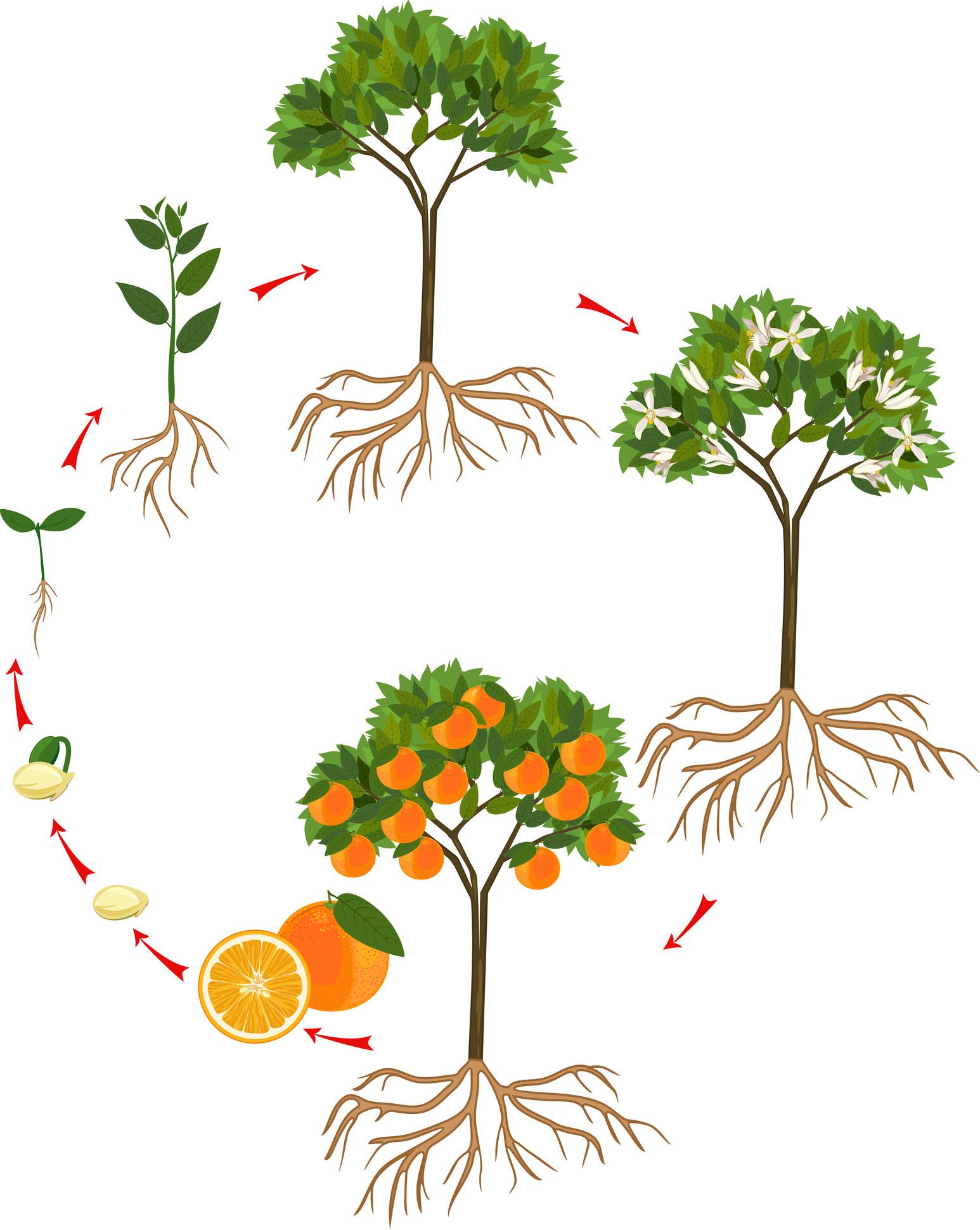
85% of oranges are produced for making juice.
Orange season is 9 months long! October - June!

3. Valencia 3 oranges are harvested by hand.

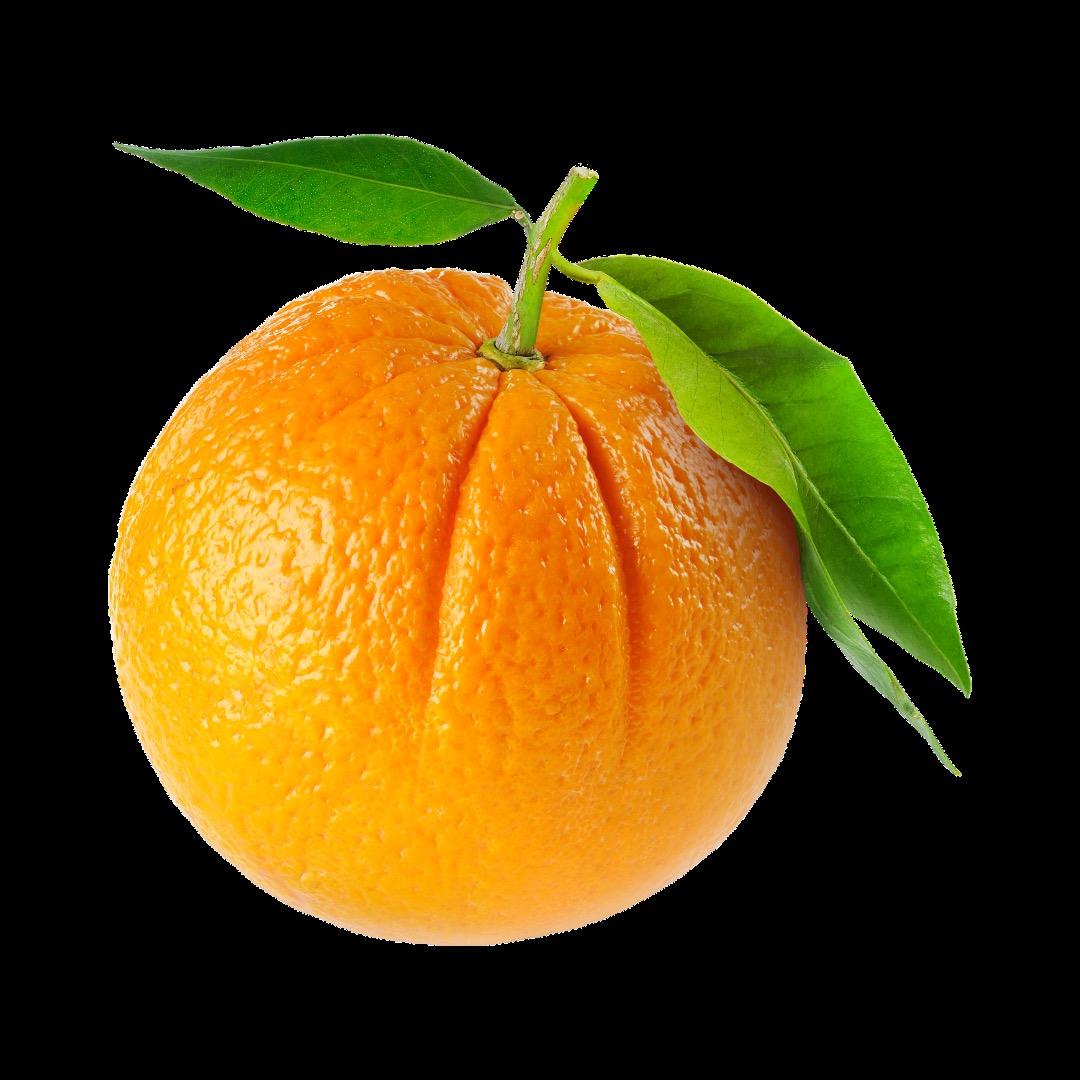

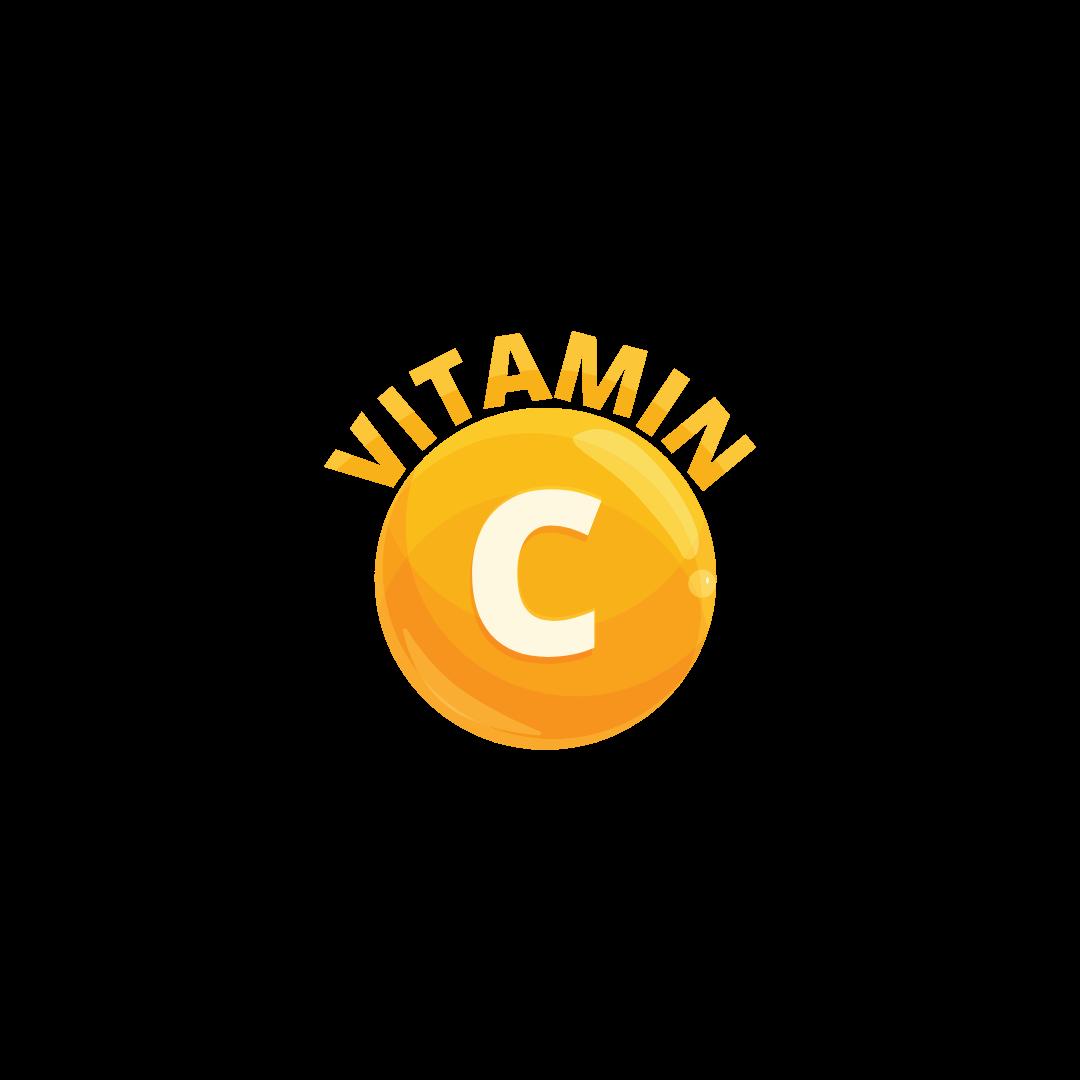
tropical conditions for growing oranges.

Oranges need a lot of sunshine warm temperatures.






Vitamin C supports the immune systemthe body’s defense against infections.

Vitamin C is also referred to as “ascorbic acid.”

Vitamin C is an antioxidant. Antioxidants help protect against damage caused by exposure to harmful substances in the environment.


The body cannot make vitamin C on its own - it has to come from food.
Vitamin C helps keep you happy & healthy! What do you call a vitamin that improves your eyesight?


Vitamin C is a very important vitamin for healthy gums & teeth.


Florida is the largest mango producing state in the U.S.
Mangoes were 1st grown in India

Mangoes grown in Florida are in season from May - October

20 MILLION TONS of mangoes are grown & consumed around the world each year.

In India, mangoes are a symbol of LOVE .
Mangoes take around 4 months to grow from a flower to fruit.


Wild and uncultivated mango trees can be up to 100 feet tall!
All mangoes are harvested by hand.


Mango trees are evergreen.
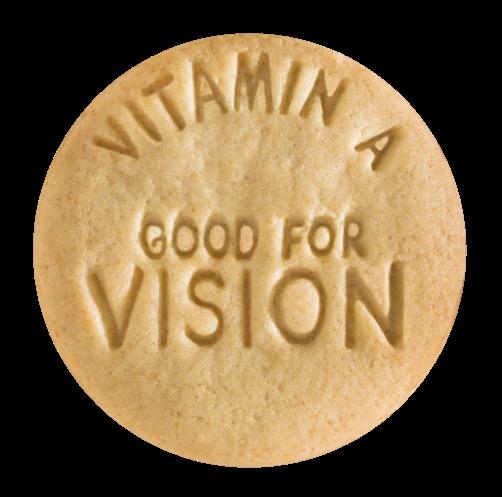





Vitamin A supports good vision, growth & immunity

Vitamin A helps see better at night more vivid colors during the day

How far can you read down this eye chart?



Vitamin A has antioxidant properties.
Vitamin A can help speed up the healing process of cuts & scrapes.
Vitamin A supports the immune system to fight off infections.
Vitamin A is a fat-soluble vitamin.
Vitamin A is a fat-soluble vitamin – which means it absorbs better into the body when eaten with foods with some fat like avocados!




Miami-Dade and Collier county produce the most avocados in the state of Florida.
50+ types of avocados are grown in FL.
Top FL avocados are in season from June - January.
3
An avocado tree produces 60 of avocados/year.
Avocados have the MOST fiber of any fruit!


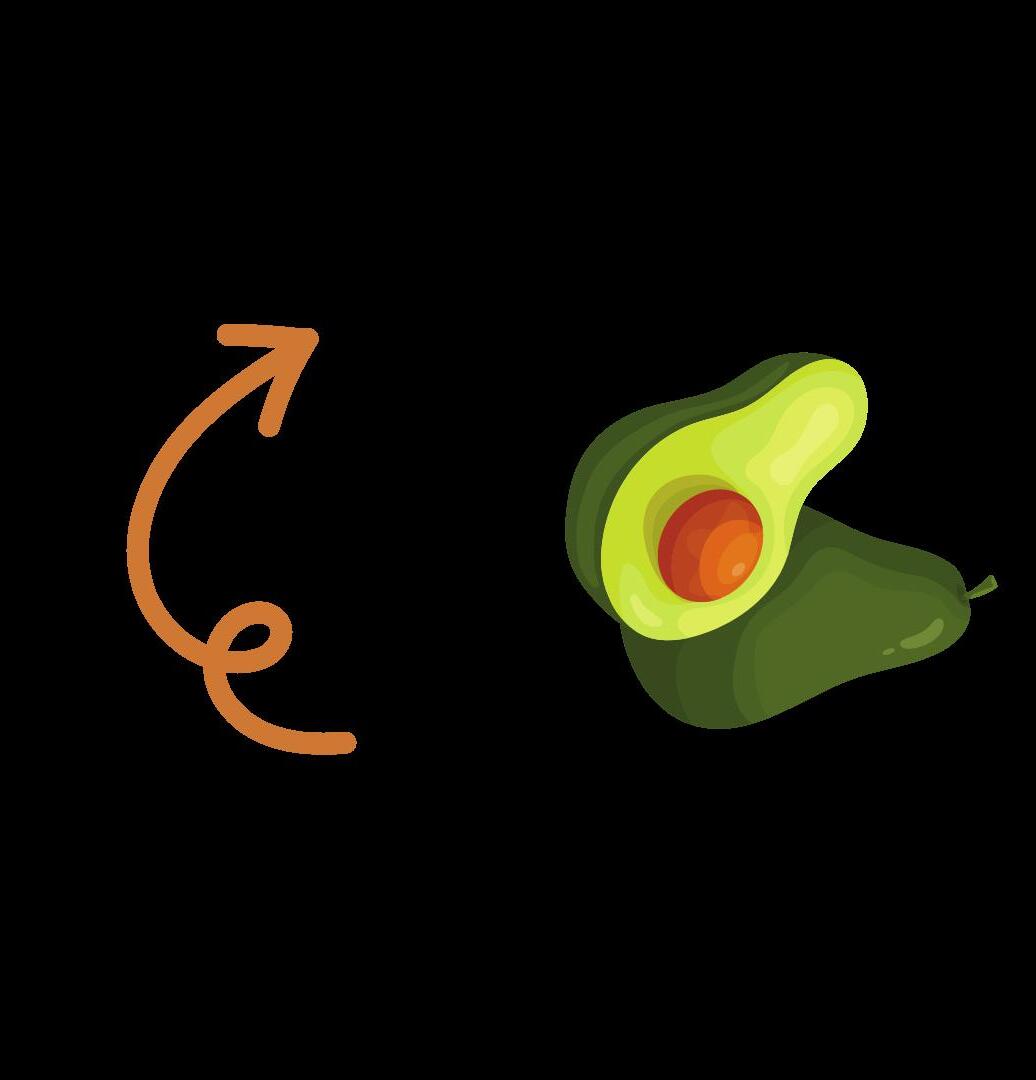

Avocados are in season ALL year long!



The body uses fats to store energy, maintain
There are 3 types of fats: saturated, unsaturated & trans.
Unsaturated fats are considered the “healthy fats nuts, avocados & fish.


help the body

Unsaturated fats are liquid at room temperature.


Unsaturated fats are good heart health.
Saturated fats can be found in foods like whole milk, cheese & butter
Healthy fats are essential for brain development.
Remember…not all fats are bad!
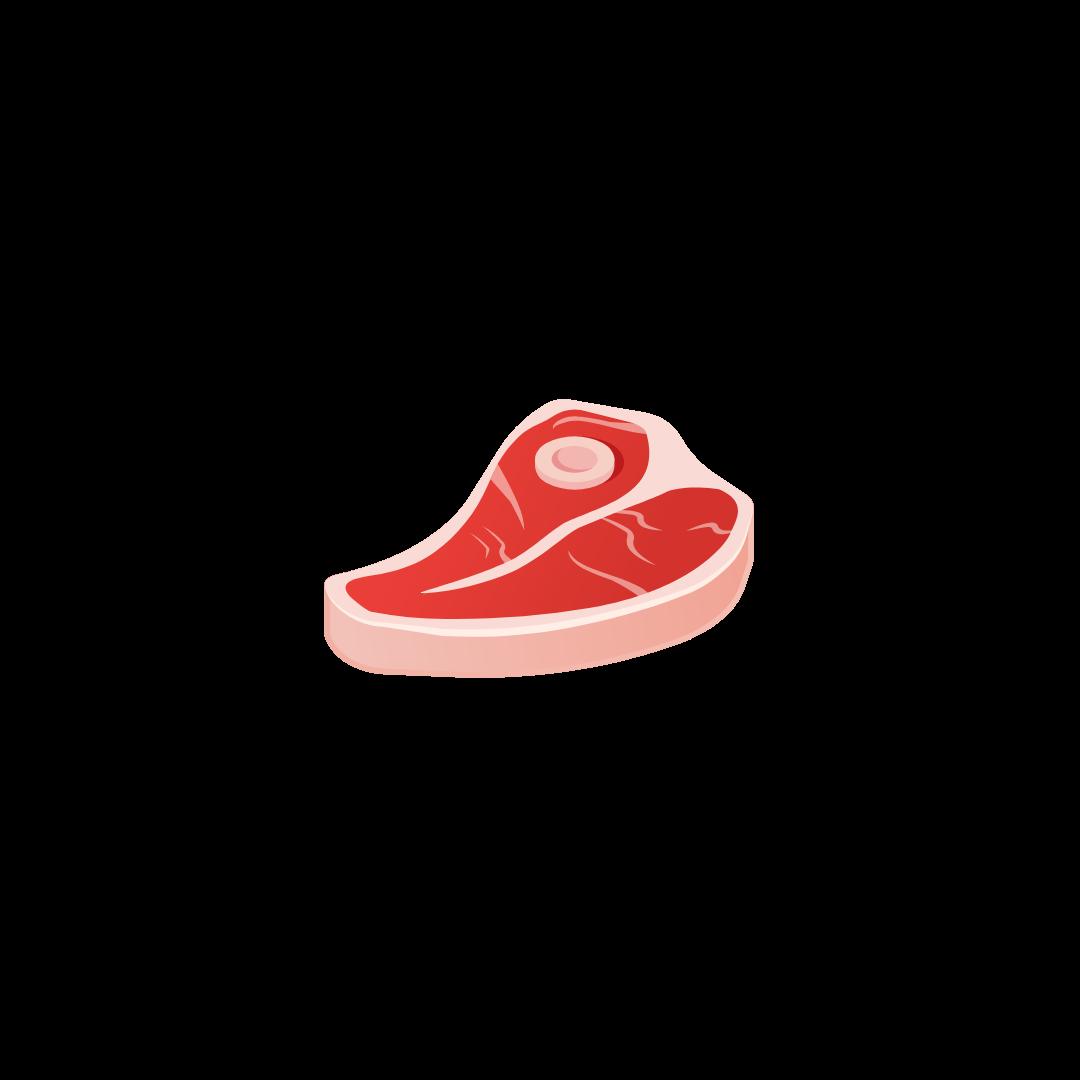

Healthy fats are essential for growth & development.
Trans fats are produced through food processing.

Fats belong to a group of large molecules called lipids.


Florida grows 60% of all grapefruits grown in the U.S.


Grapefruits are harvested by hand.
The U.S. grows the MOST grapefruits in the world.

The Forbidden Fruit”

reach up to 45 feet high.
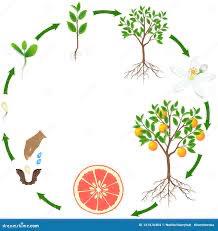
Types of Grapefruits Grown in Florida:



1. Ruby Red
2. Flame
3. Thompson
4. March
5. Duncan
In the U.S. there are 20+
Grapefruits grow in clusters…like grapes!
Up to 25 grapefruits per cluster.
Grapefruit trees take months
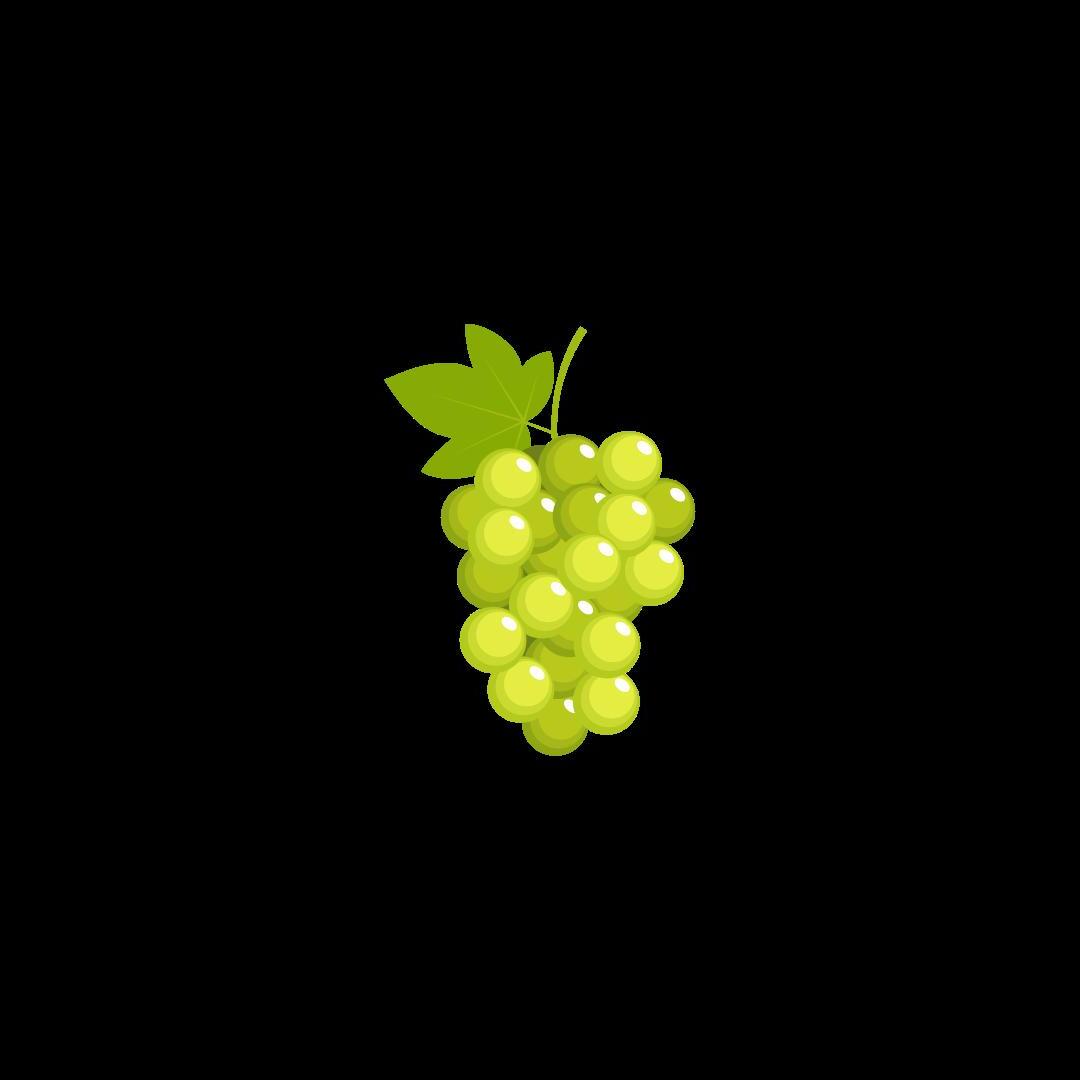


Potassium supports balancing fluid in the body & proper function of the muscles and nerves

Once potassium enters the body, it functions as an electrolyte.
Helps to keep the body hydrated!

Electrolytes help balance the amount of water in the body.

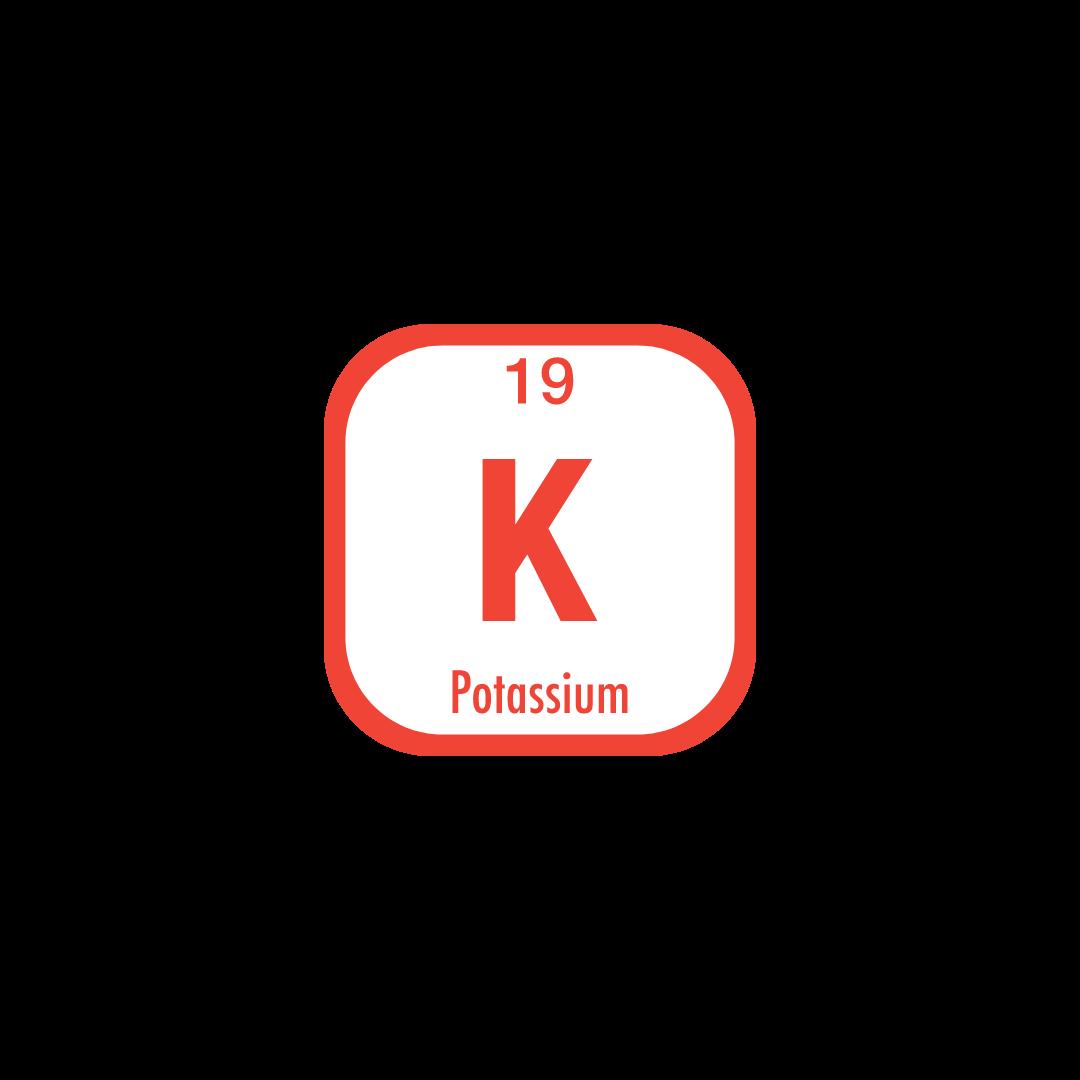
Potassium is the THIRD most abundant mineral in the body.
Potassium helps promote bone health.
The body is made up of approximately 60% water.

Potassium helps to regulate muscle contractions.
98% of the body’s potassium is found in its cells.

Many runners eat foods high in potassium before a run to prevent muscle cramps




Florida is the largest producer of fresh market sweet corn in the U.S.
The U.S. is the LARGEST producer, consumer & exporter of corn in the world.
Humans only eat sweet corn



Florida is home to 37,000+ acres of sweet corn. Palm Beach County produces over 50% of Florida’s sweet corn.


In many other countries, corn is called “maize
1 corn stalk produces 1 - 3 ears of corn
Corn stalks can grow between 7 – 10 feet tall.
An ear of corn ALWAYS
There are around 800 kernels on each ear of corn. field crop.






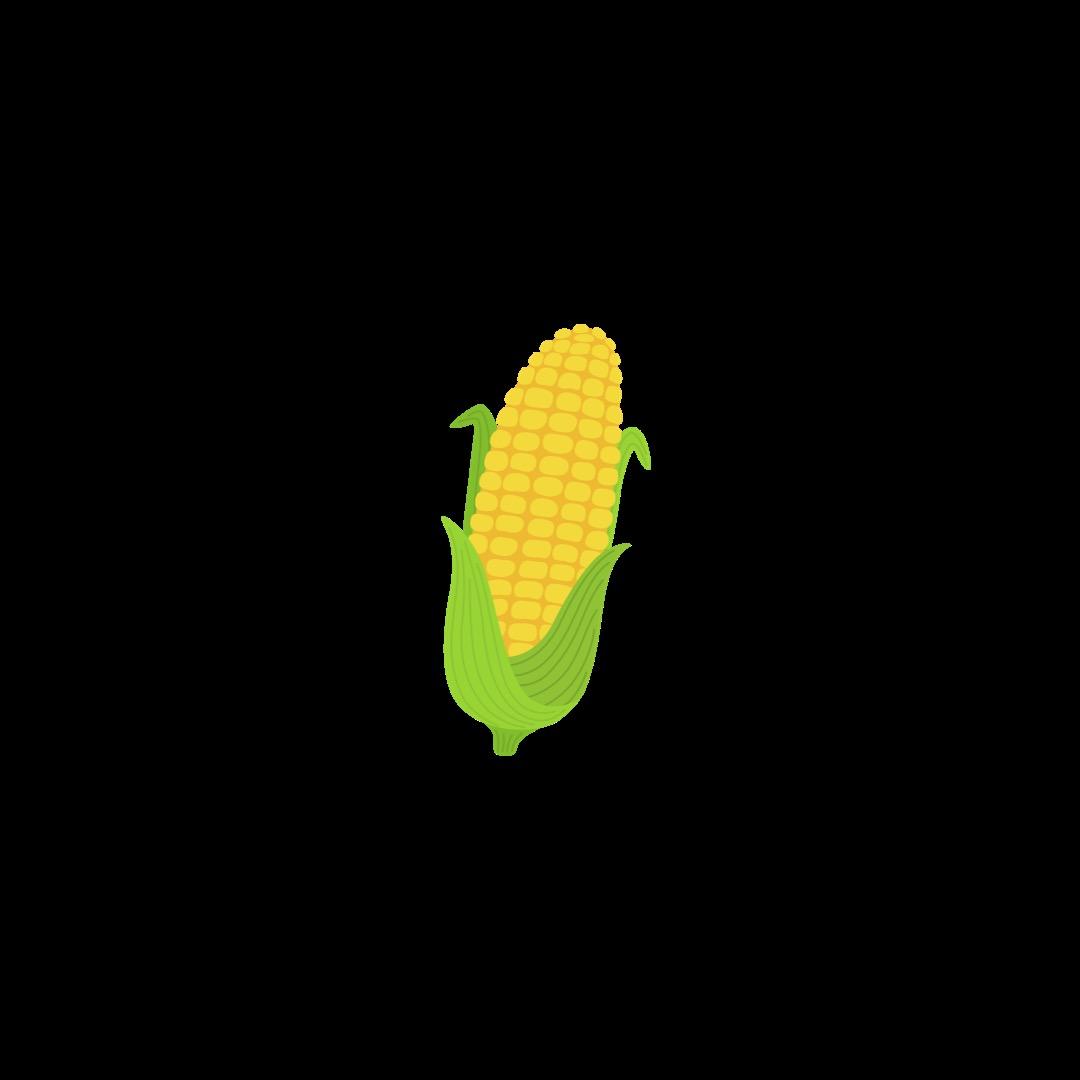
Carbohydrates are the body’s main source of energy.

Carbohydrates support the nervous the system that helps all parts of the body communicate with each other.
Carbohydrates are also commonly referred to as “
Carbohydrates improve health supporting good moods, memory power and concentration.
Carbohydrates are classified into The body cannot make carbohydrates on its own - it has to come from food, like rice!




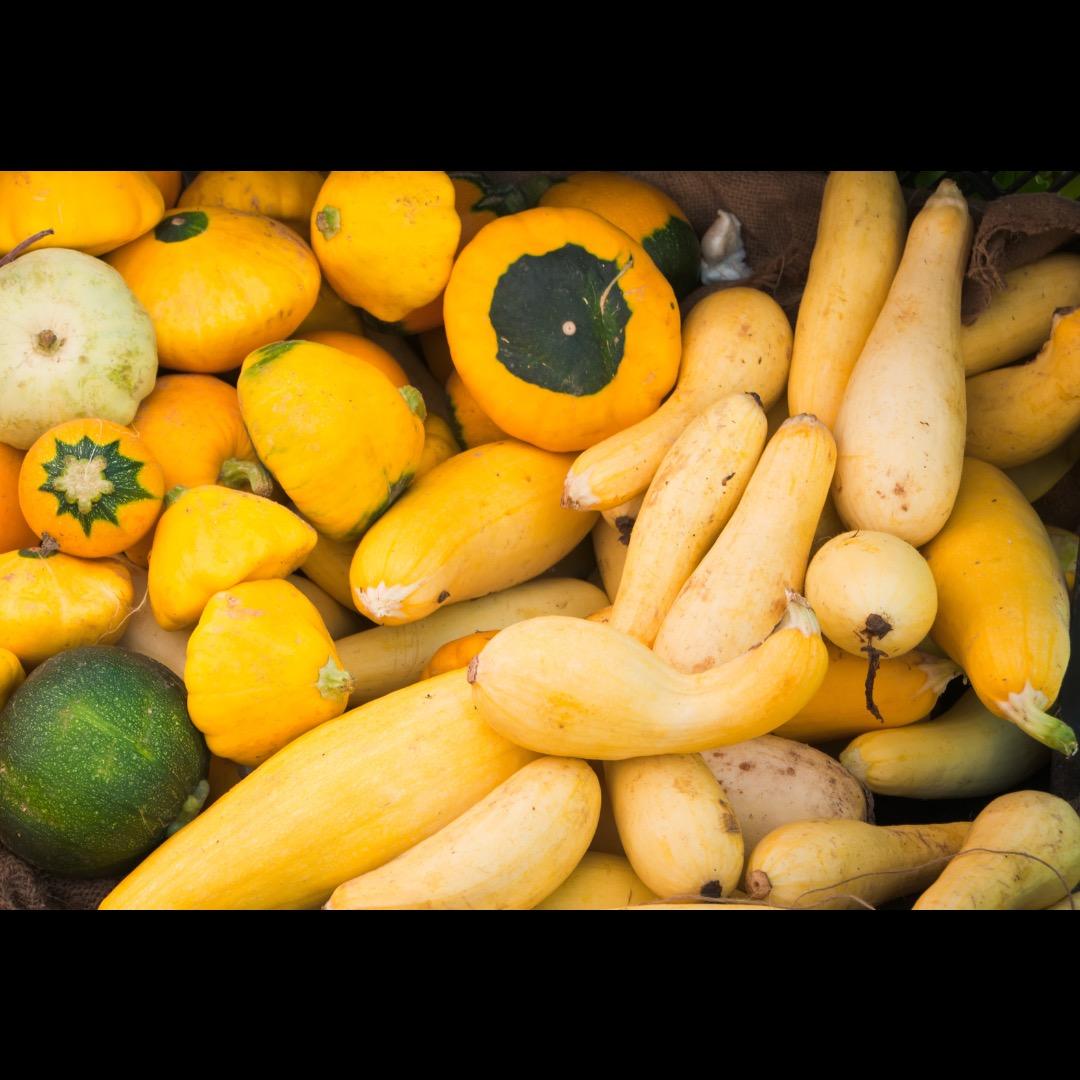

Most of the yellow squash grown in Florida harvests around 85,000 pounds of squash each year.
2 types of squash: WINTER & SUMMER.


Yellow squash is a type of summer squash.
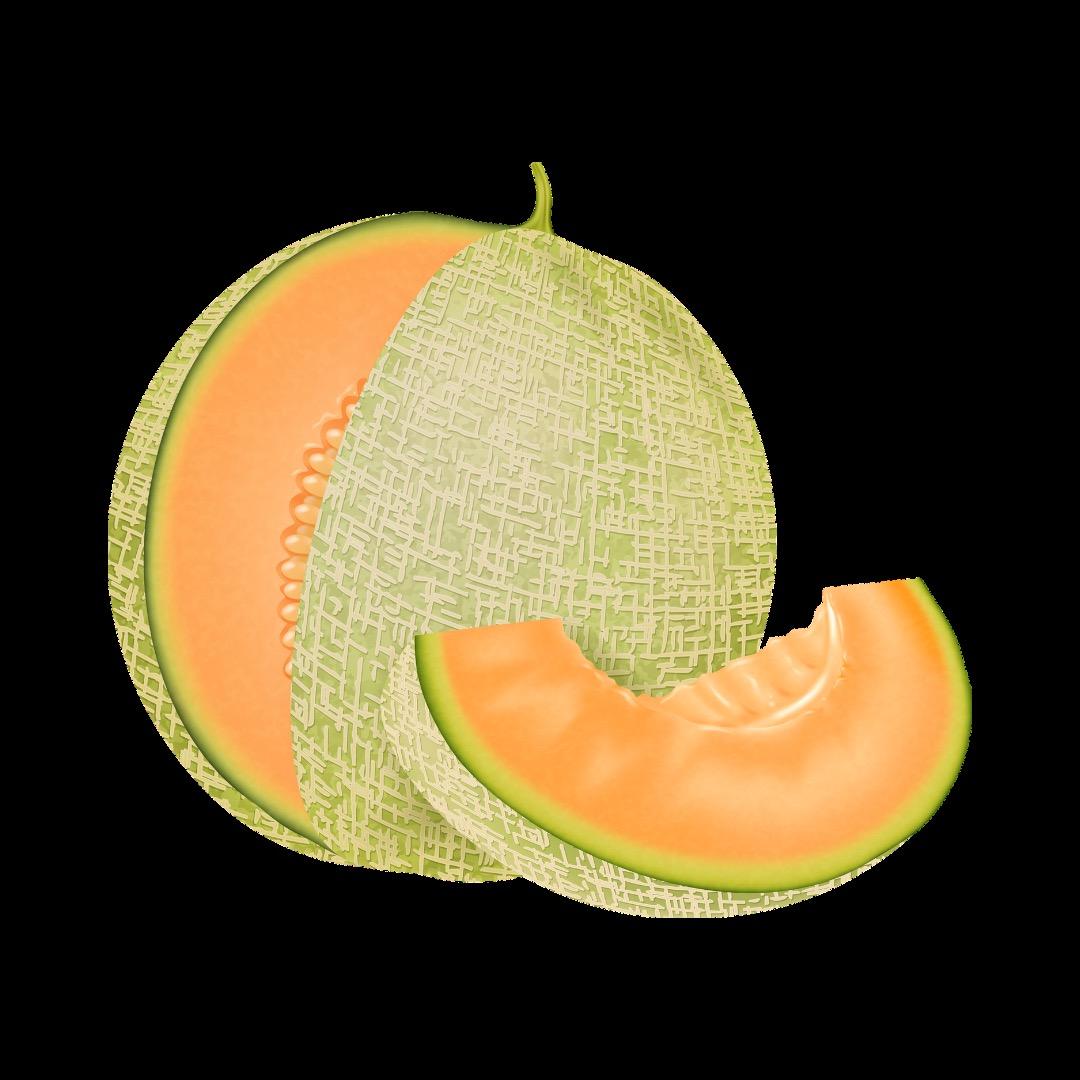
All squash are related to melons!
All type of squash are considered a fruit!
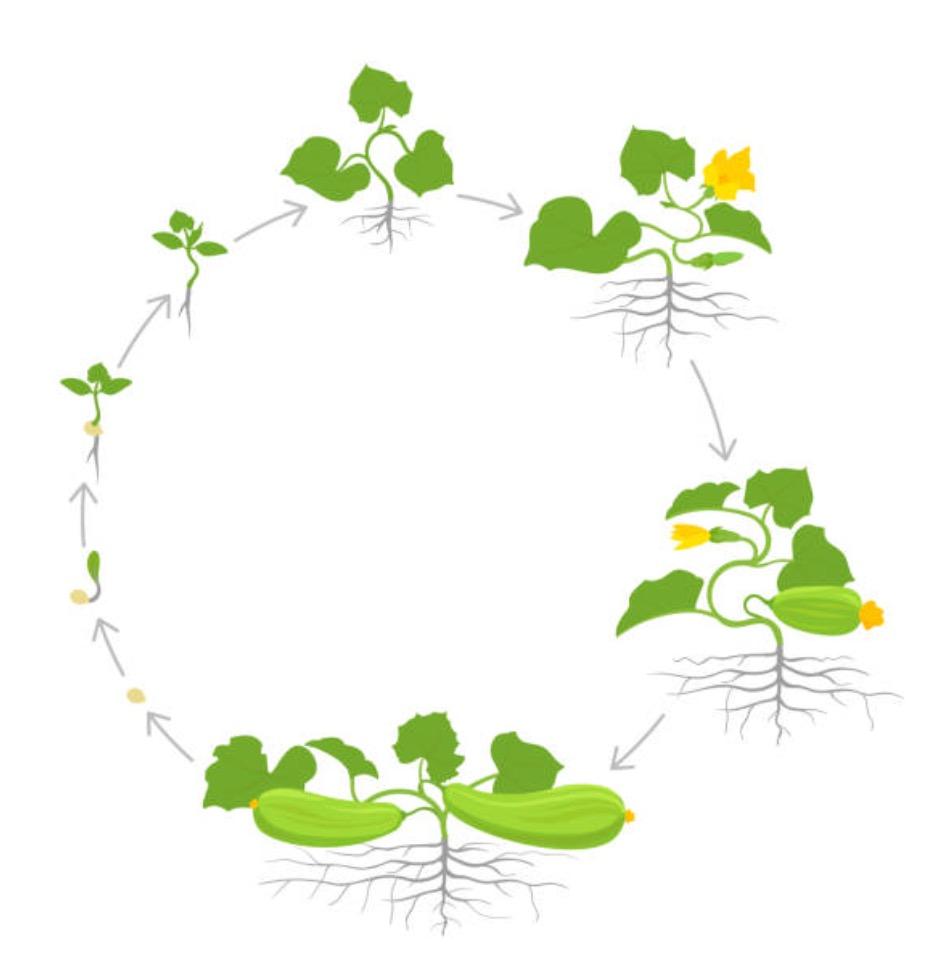



after flowering.
“Straightneck Squash”

Yellow squash with the best flavor are typically only long.

1 acre of land could grow around 11,000 squash!
As their name suggests, summer squash varieties are in peak season during the summer months.





Fiber supports movement through the digestive system
Fiber is a type of carbohydrate doesn’t digest, it simply passes through.
Soluble fiber dissolves in water…it helps regulate blood sugar levels and removes cholesterol from

Insoluble fiber is sometimes referred to as “roughage. ”
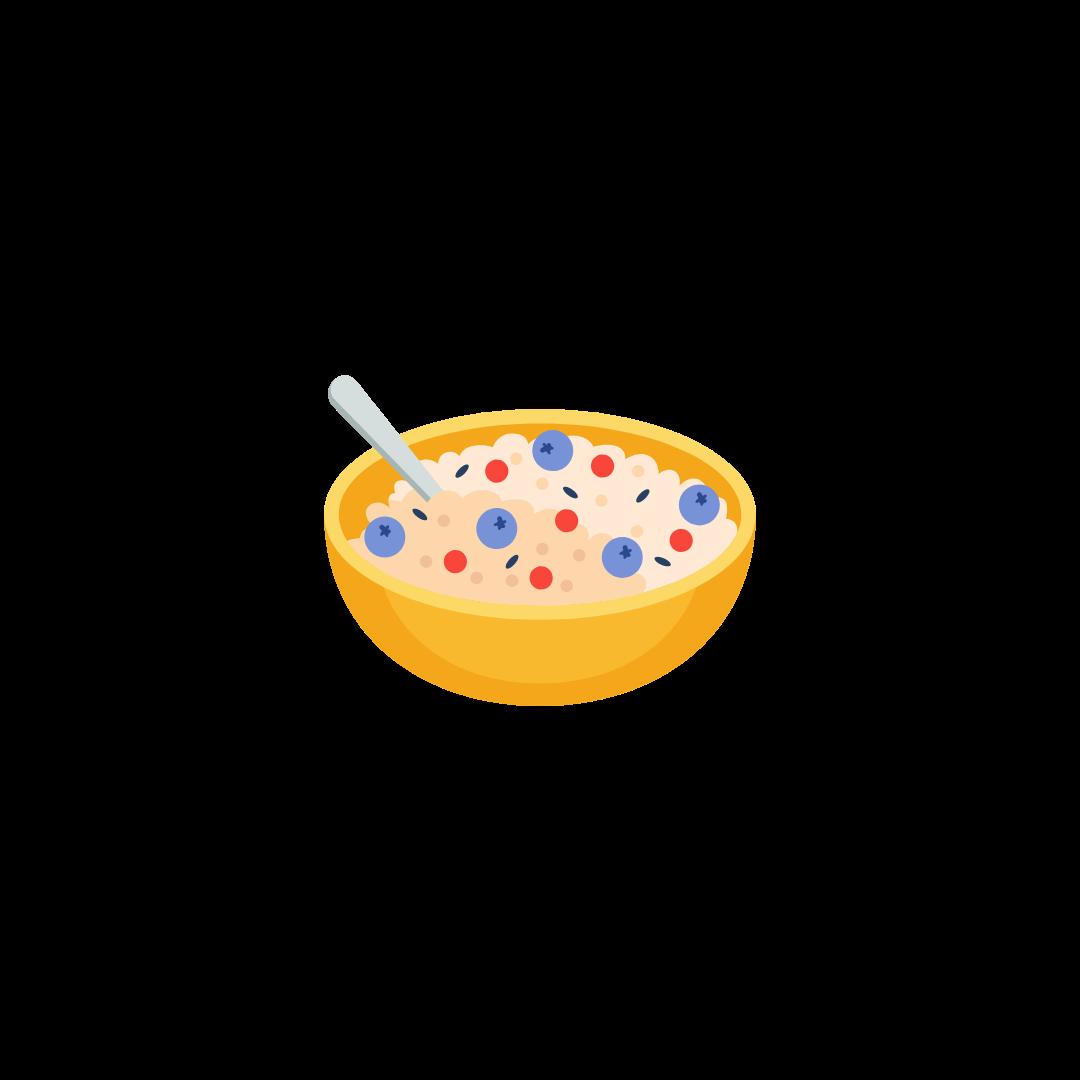


2 types of fiber:
1. Soluble fiber
2. Insoluble fiber
Dairy & meat products do not have any fiber.
Fiber helps to regulate the body’s use of sugar.
BOTH forms of fiber are important & beneficial to overall health. ONLY found in plant foods.
Insoluble fiber does not dissolve in water…it helps food move throughout the digestive system.

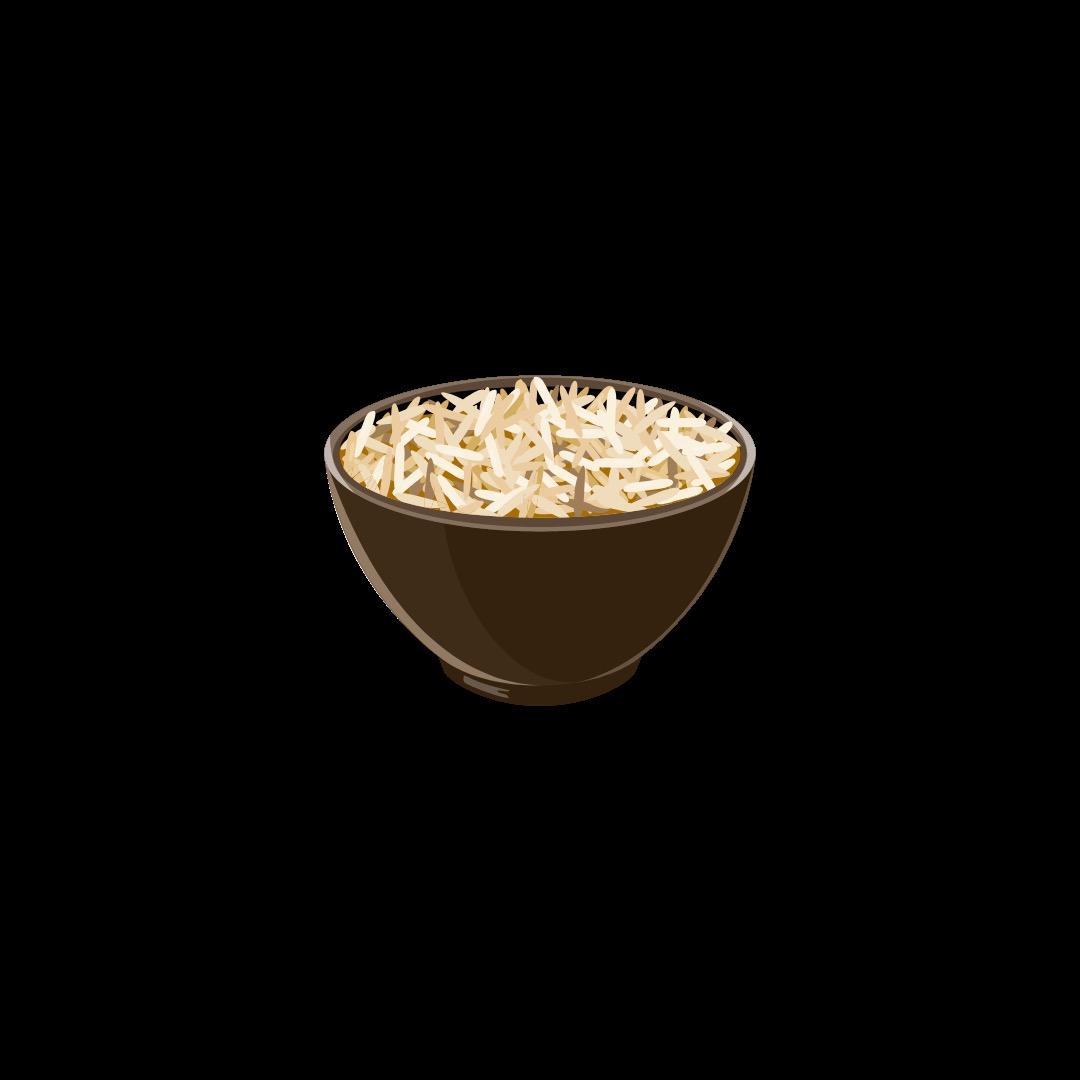

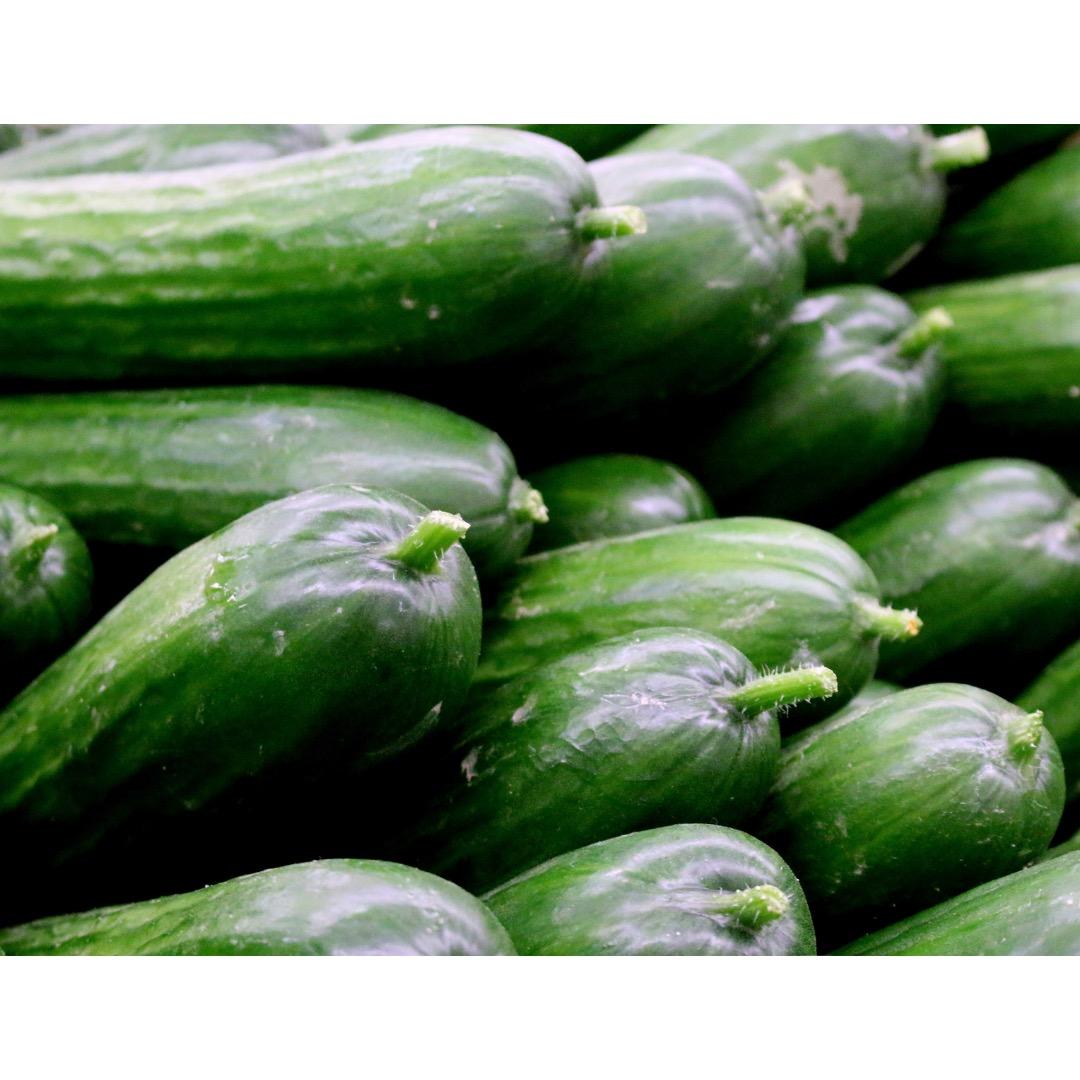


Cucumbers rank 8th most valuable crop in Florida.

Cucumbers in FL are grown either outside or in greenhouses.
The U.S. is the 4th largest cucumber producing country in the world.
Cucumbers take 12 to produce fruit after being planted.

cucumbers are grown worldwide each year.
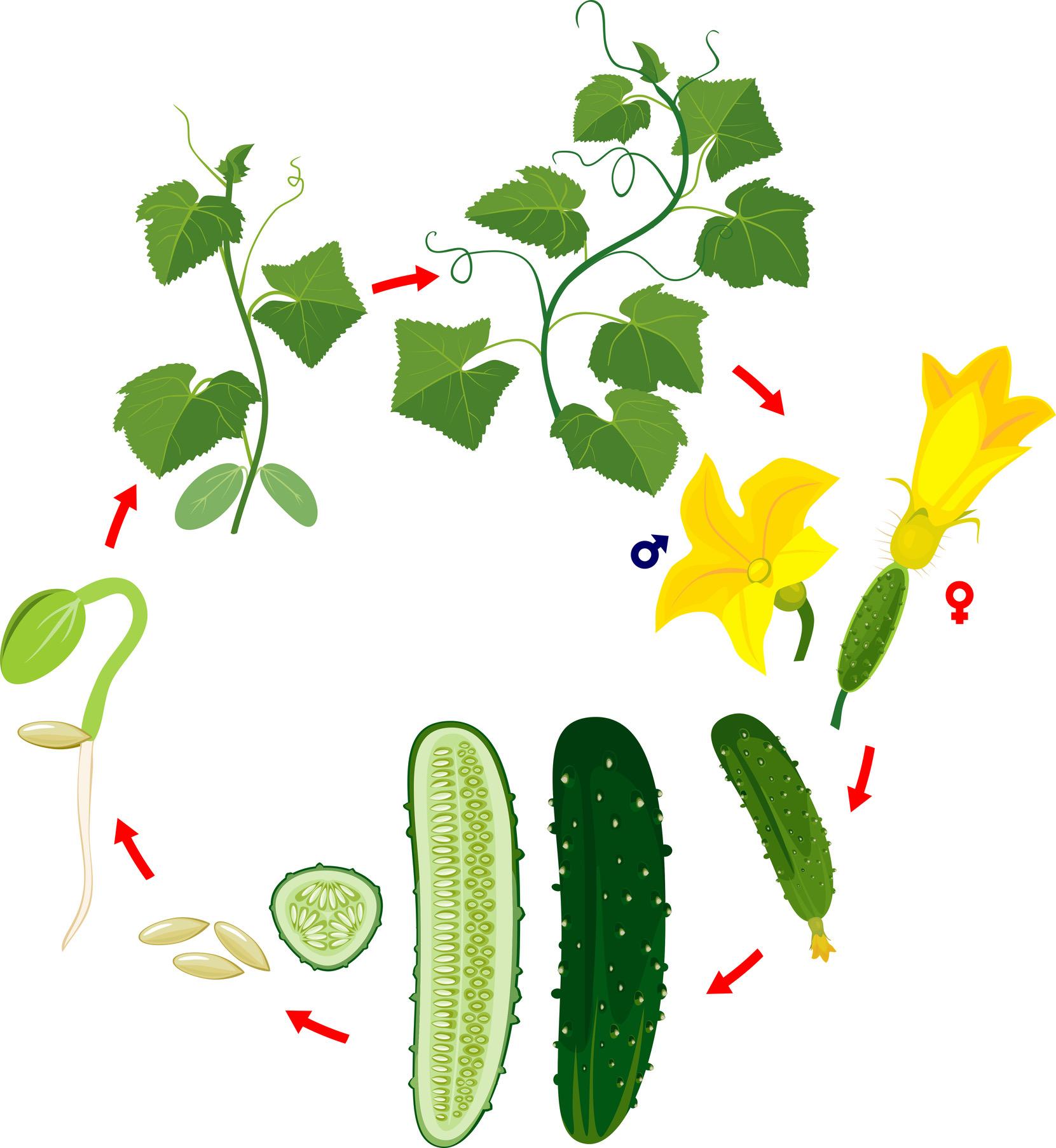


Cucumbers are 90% water.


Bees are essential for the pollination of cucumbers.
Cucumbers can grow 2 feet
Cucumbers are a

The large leaves on the cucumber plant provides shade for the developing fruit.



B Vitamins help support the body’s energy levels, brain function & cell metabolism In-Vitamin!
essential B vitamins:
Vitamin B1, Vitamin B2, Vitamin B3, Vitamin B5, Vitamin B6, Vitamin B7, Vitamin B9 & Vitamin B12.

Water is needed to help the body absorb B vitamins.



B5, B12, C and E knock on your door…what do you do? blood cells.
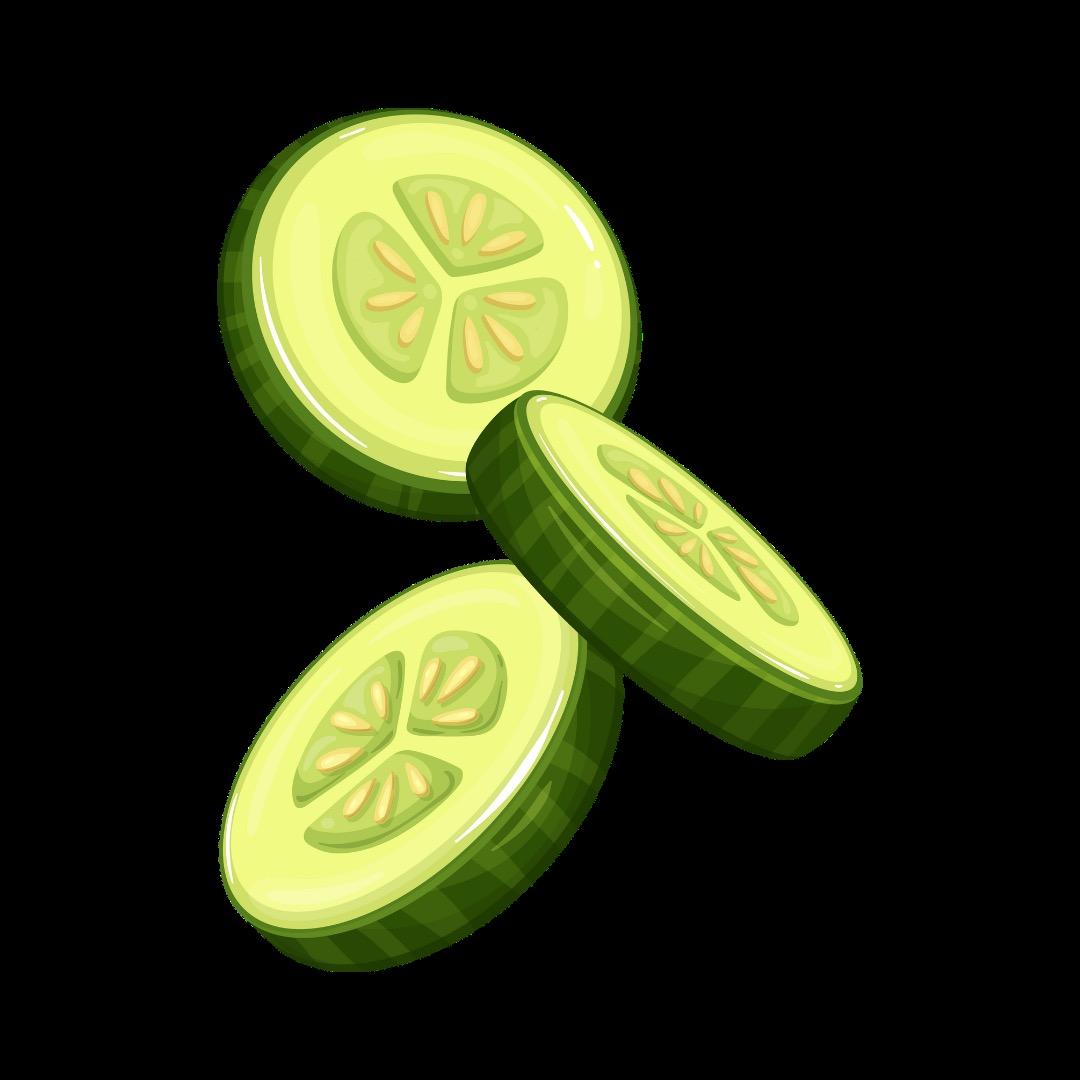
B vitamins helps the body make energy from food.
cannot store most B vitamins, so they need to be regularly consumed.
B vitamins plays a role in serotonin production.
Serotonin makes us feel happy




Radishes are typically grown in the North and Central regions of Florida.
The name radish comes from the Latin word “radix” that means root.

The Red Globe is the most common variety of radish.
Radishes come in many different shapes & sizes.
Radishes are coolseason vegetables.

Radishes are a root vegetable.
California & Florida are the largest radish producing states in the U.S.

The skin of a radish has the
Radishes can be white

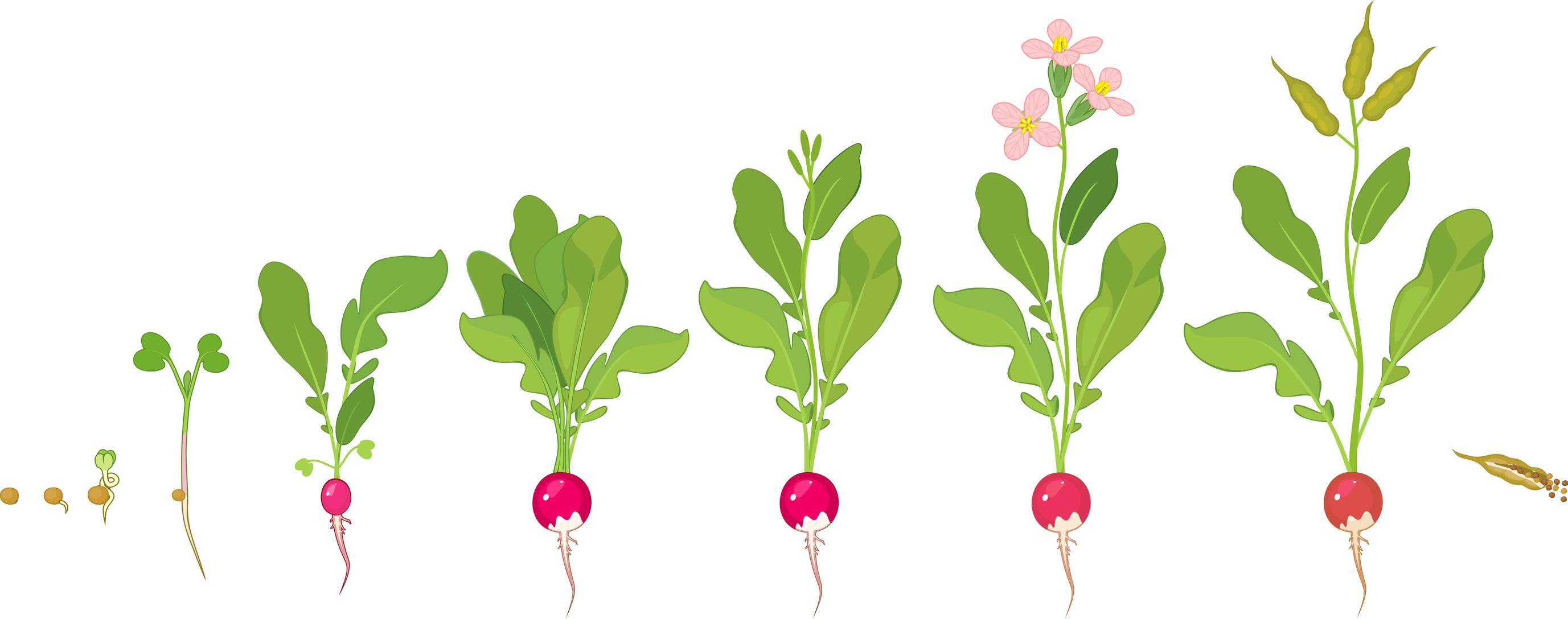
Radishes grow very fast – taking only 25 days to grow from seed to harvest ready vegetable.


Calcium supports healthy bones & teeth as well as proper blood & muscle function.

Calcium is the 5th most abundant chemical element in the Earth’s crust.
Calcium helps keep muscles working properly.


99% of the body’s calcium is stored in the bones blood, muscles & other tissues.



Calcium supports heart health.

Calcium helps form bones and teeth and keep them healthy.

Calcium helps to heal cuts & wounds.
Calcium is the MOST abundant mineral in the human body.



Florida produces over 300 MILLION pounds of bell peppers each year.

Most bell peppers are harvested by hand. Bell peppers can be 2 to inches long.


sweet peppers.
Florida produces around 30% of all bell peppers grown in the U.S.
Bell peppers are in the same family as tomatoes, eggplant, and potatoes.


Bell peppers are a F R U I T.
ALL bell peppers are GREEN before they ripen.
Bell peppers transition from green to yellow to orange to red depending on how long they ripen.
Bell peppers get sweeter the longer they ripen.





Vitamin A supports good vision, growth & immunity

Vitamin A helps see better at night more vivid colors during the day



How far can you read down this eye chart?


Vitamin A has antioxidant properties.
Vitamin A can help speed up the healing process of cuts & scraps.
Vitamin A supports the immune system to fight off infections.
Vitamin A is a fat-soluble vitamin.
Vitamin A is a fat-soluble vitamin – which means it absorbs better into the body when eaten with foods with some fat like avocados!



The majority of eggplants grown in Florida are grown in the southern parts of the state.
Eggplant varieties that thrive in Florida include Black Beauty, Dusky, Long, Ichiban and
Eggplants are a warm season crop.


Eggplants are usually ready to harvest 10-20 days after flowering.
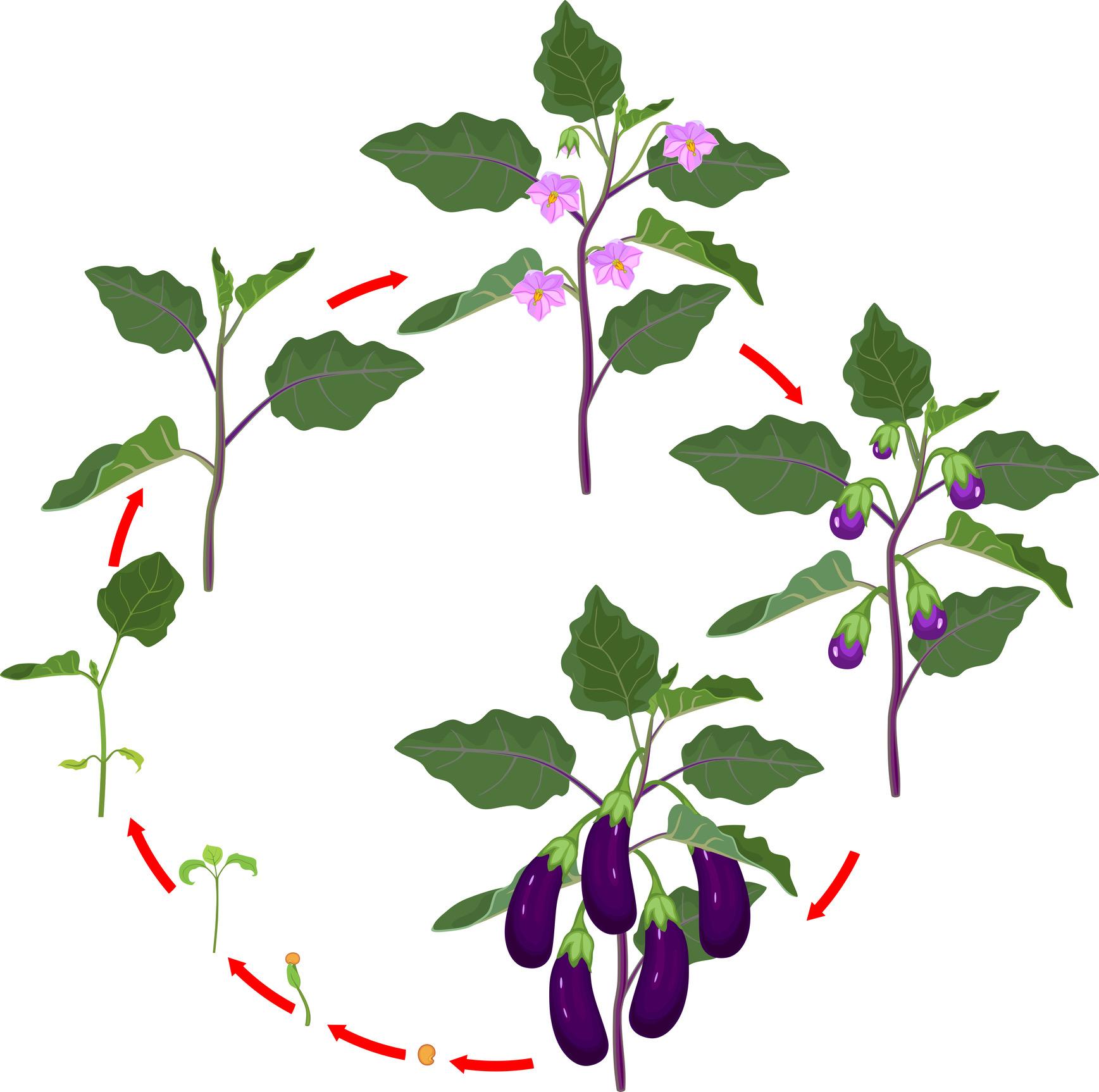

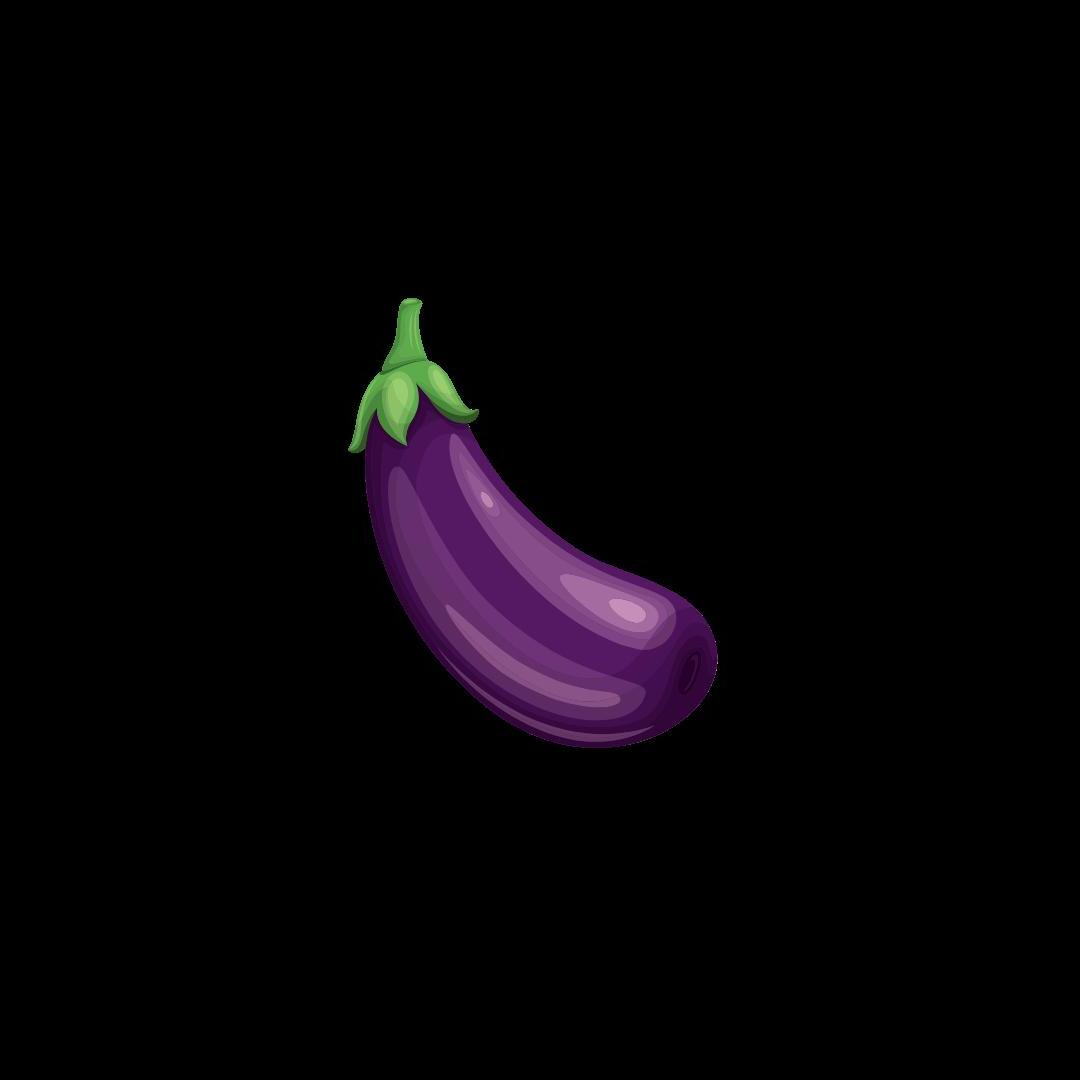
Although often considered a vegetable, eggplants are actually a type of fruit !

The most common type of eggplant is the globe eggplant, known for it’s glossy & deep purple skin.

Eggplants prefer to grow in sandy soil.
Like potatoes & tomatoes, eggplants nightshade family.





Copper supports the creation of red blood cells






Red blood cells help oxygen contain minerals because their plants roots absorbed them.
Copper helps the brain function properly.

Most copper in the body is found in the liver, brain, kidneys & skeletal muscles.


Copper is known as an essential nutrient

Copper plays a role in helping the body turn food in energy!




Lafayette and Okeechobee are Florida’s leading dairy counties.

Most of the dairy cows in Florida are Holsteins (the black and white cows), and their spots are unique like a fingerprint!



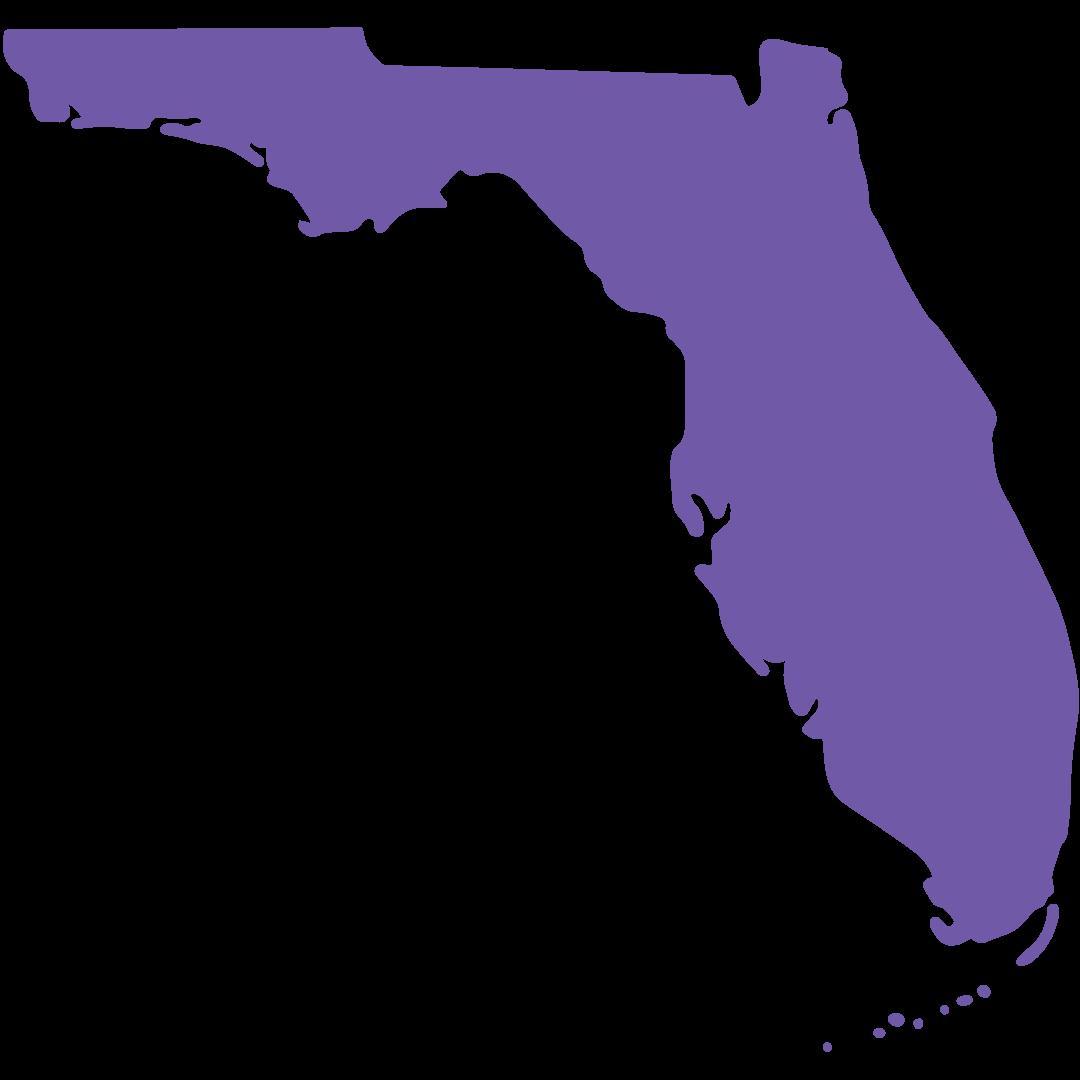

Cows chew their cud 50 times per minute.
How many times can chew in a minute?!
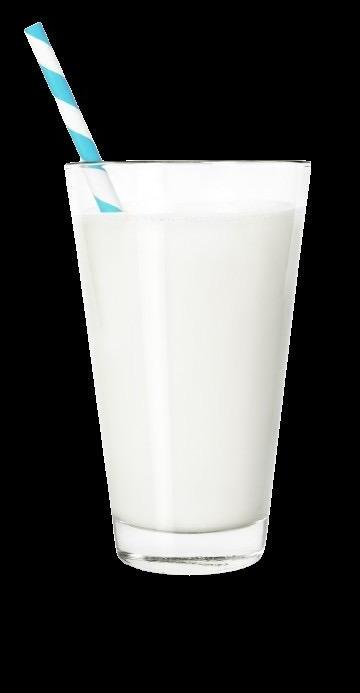
Cows can SEE almost and SMELL up to 6 miles away!


Most Florida dairy herds range 150 -

Florida dairy farmers byproducts such as citrus pulp, brewers’ grain and whole cottonseed that are consumed by the cows instead of ending up in landfills.
A Florida dairy cow produces about 68 gallons of milk each day.





provides a powerful package of support your overall health?


Calcium, phosphorus, and vitamin D in dairy help build and maintain strong bones and teeth.


The high-quality protein found in dairy foods aids in building and repairing muscles.


B vitamins in dairy help convert food into fuel, ensuring you have the energy needed throughout the day.
Starting the day with a nutritious breakfast that includes dairy helps fuel learning!

Let’s shake some BUTTER!

2 cups cold heavy whipping cream 1 ounce plastic cups with lids

Pour 2 tablespoons of heavy cream into each portion cup. Place the lid on each cup, and distribute to students.
Shake the container until butter forms a soft lump. Continue to shake until buttermilk separates out of the lump and the container contains a solid lump of butter and liquid buttermilk. The process should take 3 to 5 minutes.
To strain, pour off or drink the buttermilk, leaving only the solid butter.

OPTIONAL: Remove the lump of butter, and wrap it in plastic wrap. Refrigerate until you are ready to serve.
For more information, visit FloridaMilk.com/in-the-schools

